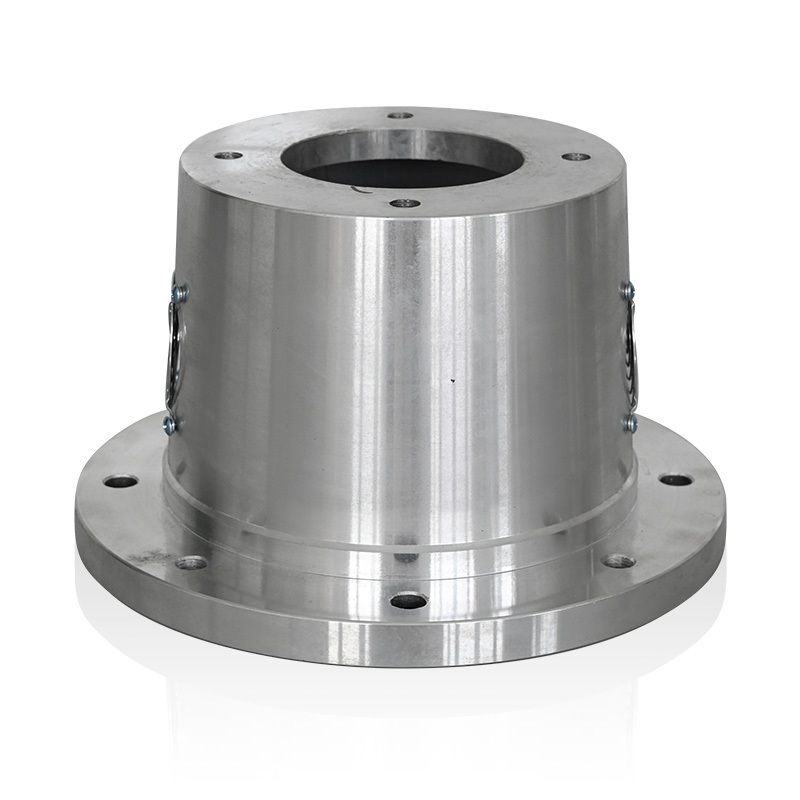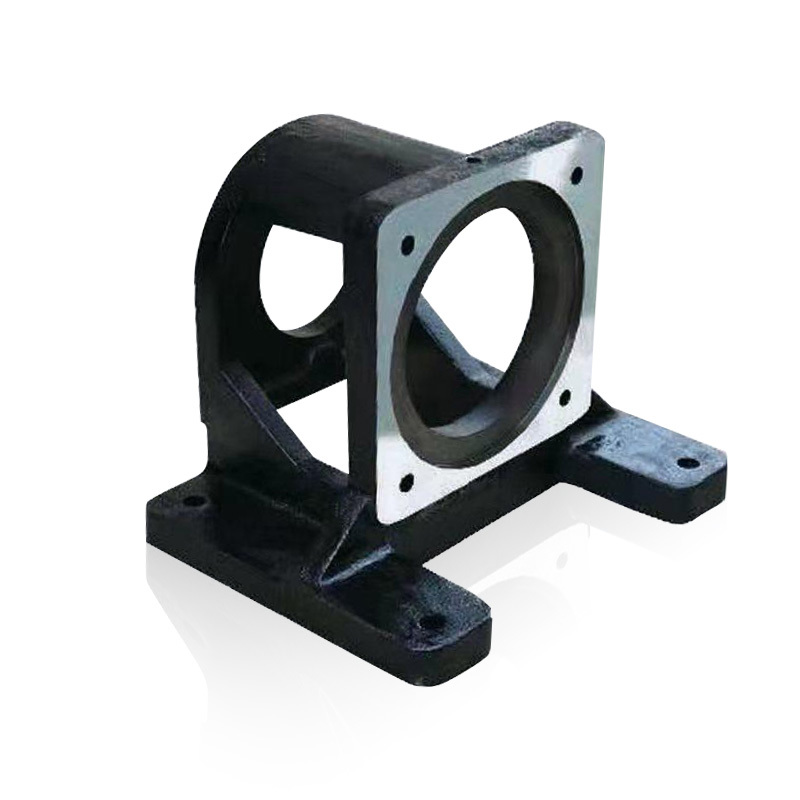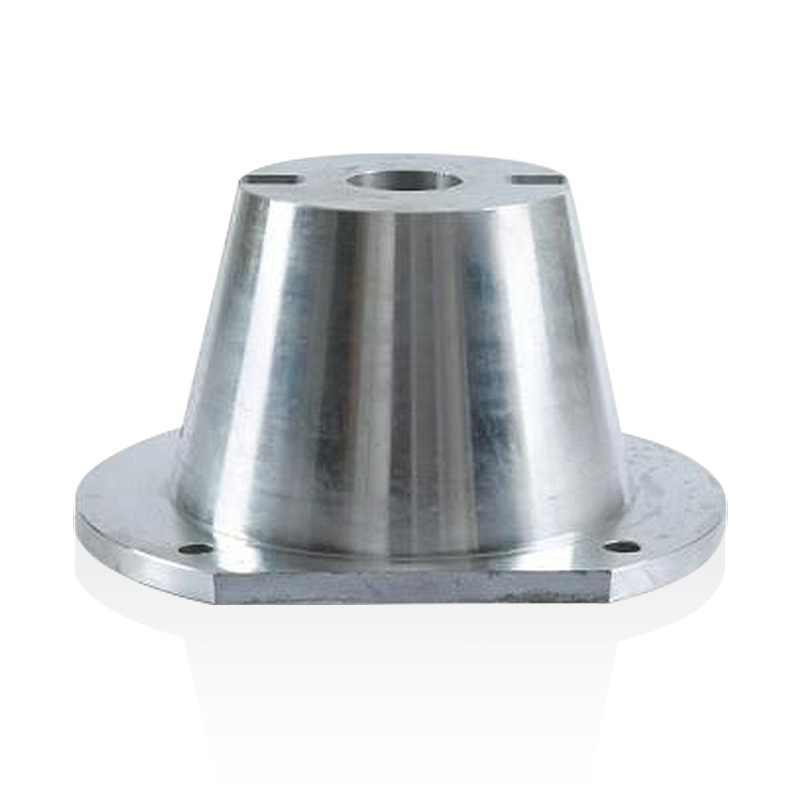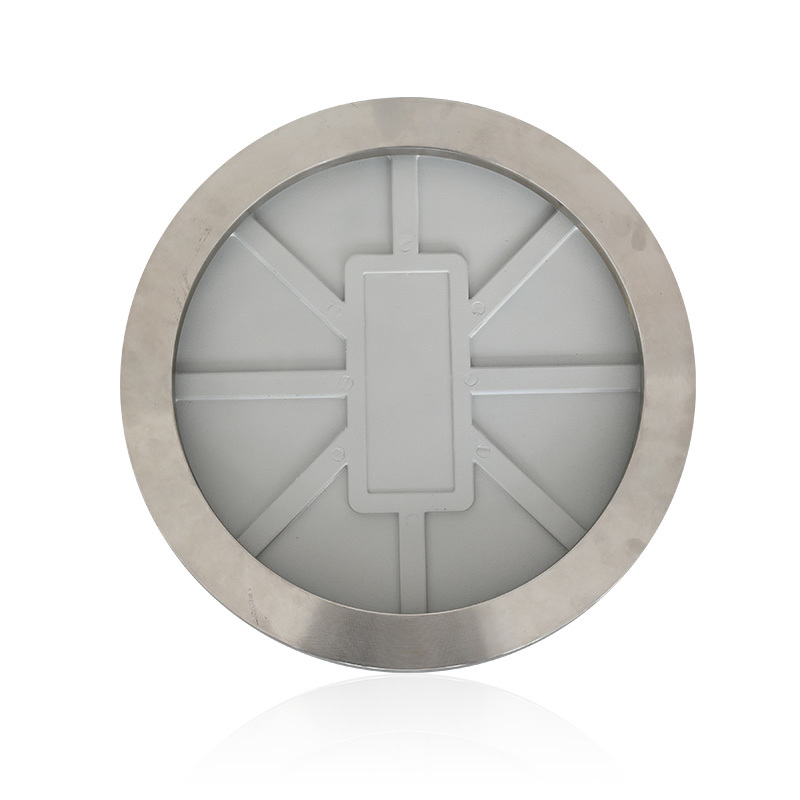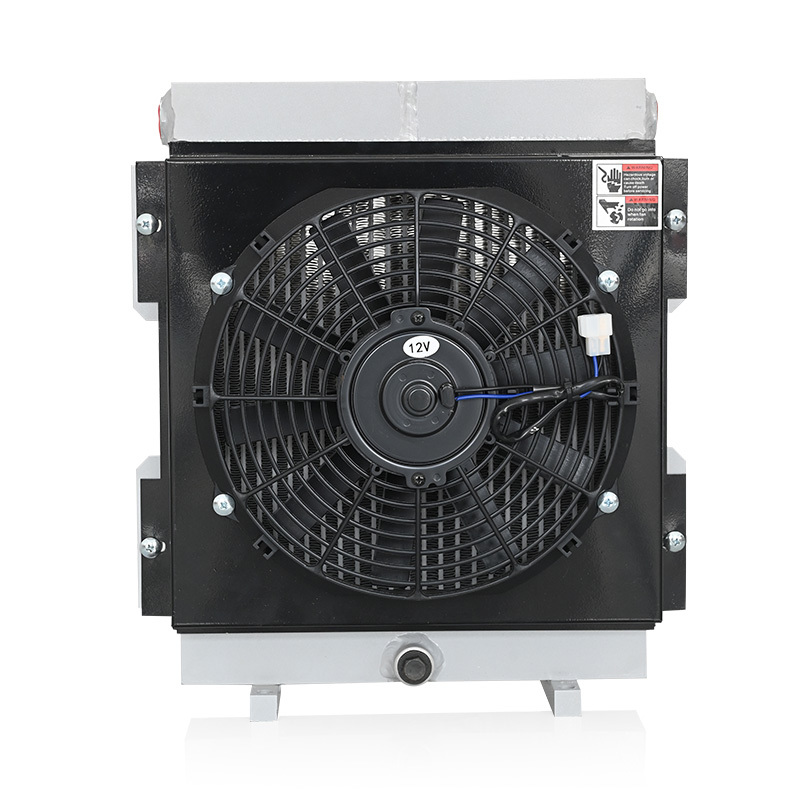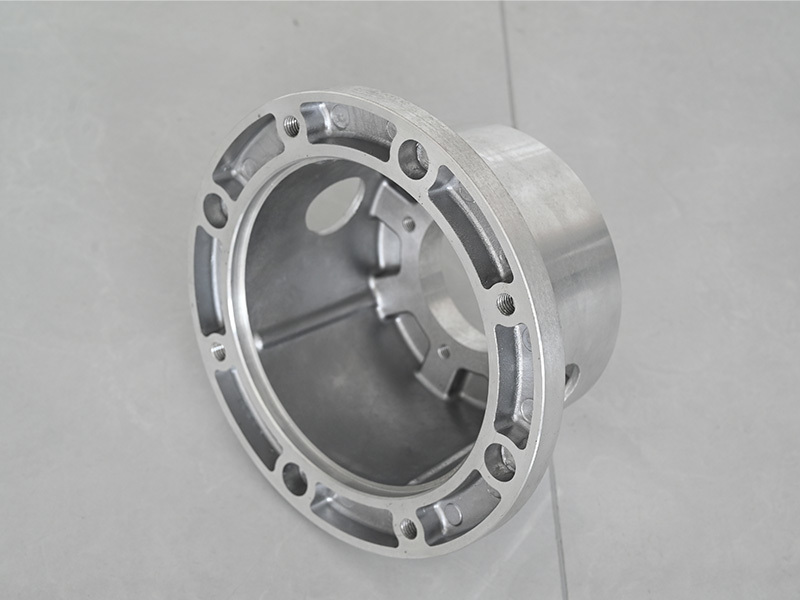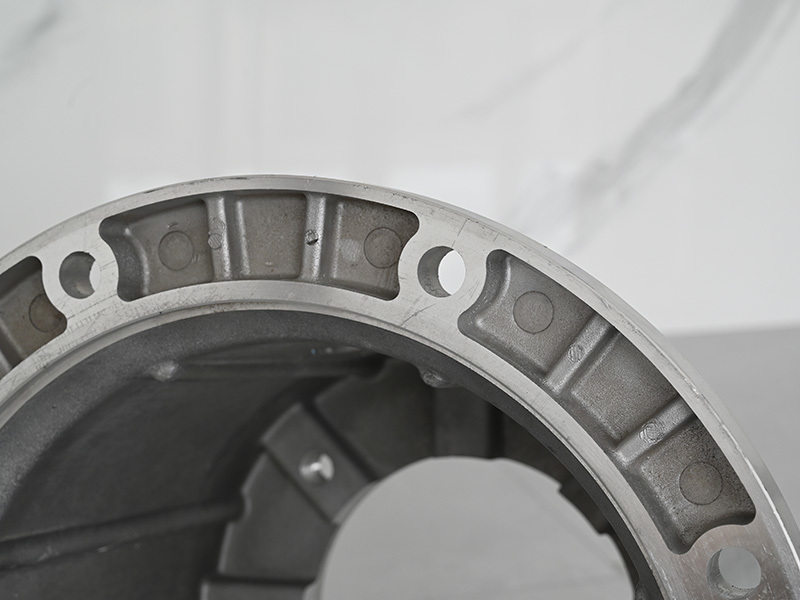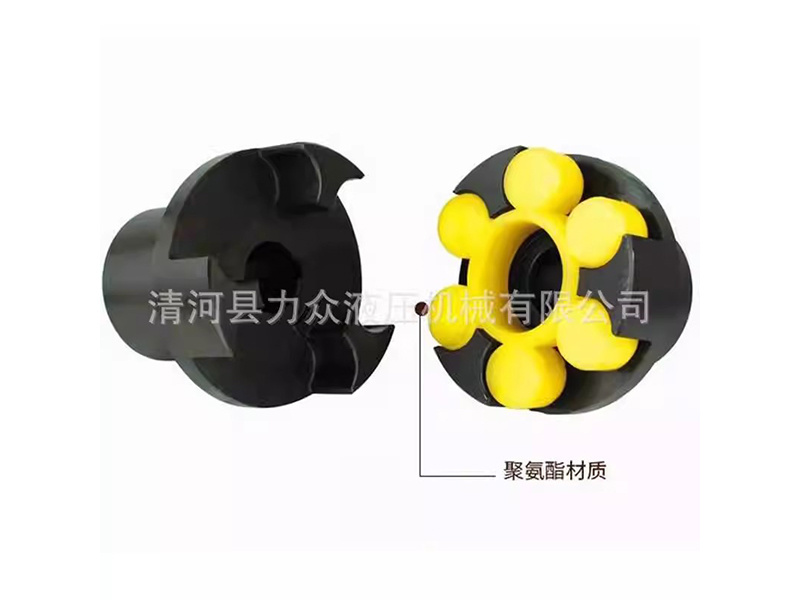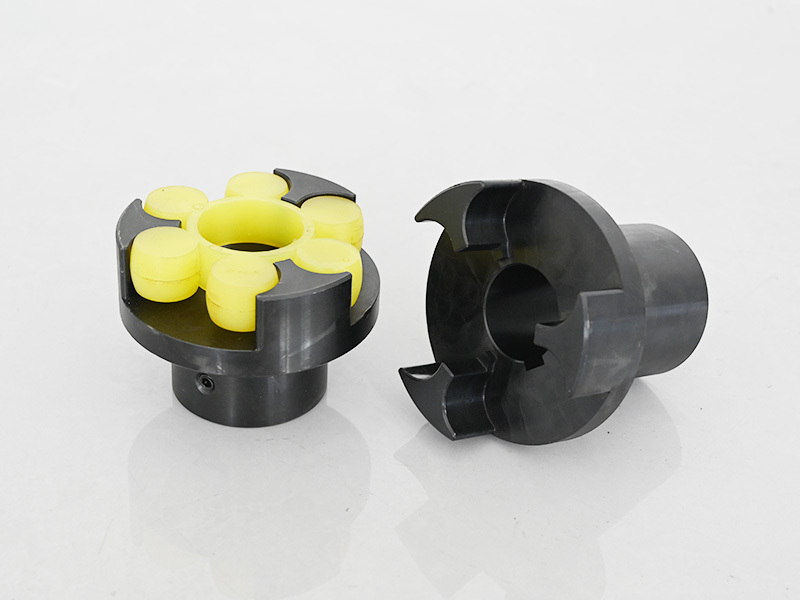Understanding Hydraulic Pump Bell Housing for Mining Equipment
Release Time:
Jul 17,2025
Hydraulic pumps are a critical component in mining equipment, powering various operations that require significant force and precision. Among the essential parts of a hydraulic pump system is the bell housing. This specialized casing plays a vital role in ensuring that the hydraulic pump operates efficiently and reliably, particularly in the harsh conditions often encountered in mining environment
Hydraulic pumps are a critical component in mining equipment, powering various operations that require significant force and precision. Among the essential parts of a hydraulic pump system is the bell housing. This specialized casing plays a vital role in ensuring that the hydraulic pump operates efficiently and reliably, particularly in the harsh conditions often encountered in mining environments.
The bell housing serves as a protective enclosure that houses the hydraulic pump's crucial components. It is designed to withstand extreme pressure and temperatures, providing structural integrity to the pump system. One of the primary functions of the bell housing is to offer a stable mounting point for the hydraulic pump. This stability is crucial, as mining operations typically involve heavy machinery that experiences vibrations and shocks. By securing the pump firmly, the bell housing helps prevent any misalignment that could lead to mechanical failures or decreased performance.
Another important aspect of the hydraulic pump bell housing is its design, which often includes features to aid in heat dissipation. Given the strenuous demands placed on hydraulic systems in mining, effective thermal management is essential. Well-ventilated bell housings can contribute to maintaining optimal operating temperatures, thereby prolonging the lifespan of both the pump and the hydraulic system as a whole.
When selecting a hydraulic pump bell housing for mining equipment, there are several factors to consider. Materials used in the construction of the bell housing should be robust and resistant to corrosion, as mining environments often expose equipment to dust, moisture, and chemicals. The design should also allow for easy access to the pump for maintenance and repairs, minimizing downtime and ensuring that the equipment remains operational.
Furthermore, compatibility with the hydraulic pump and the overall mining equipment is critical. Ensuring that the bell housing matches the specific hydraulic pump model and fits seamlessly within the existing machinery can enhance performance and reduce the likelihood of operational issues down the line.
In conclusion, the hydraulic pump bell housing is an indispensable component in mining equipment that contributes to the efficiency and reliability of hydraulic systems. By understanding its functions and selecting the right design and materials, operators can enhance the performance of their mining equipment, ensuring they meet the demanding requirements of the industry. Proper attention to the bell housing can lead to improved reliability, reduced maintenance costs, and ultimately, greater productivity in mining operations.
The bell housing serves as a protective enclosure that houses the hydraulic pump's crucial components. It is designed to withstand extreme pressure and temperatures, providing structural integrity to the pump system. One of the primary functions of the bell housing is to offer a stable mounting point for the hydraulic pump. This stability is crucial, as mining operations typically involve heavy machinery that experiences vibrations and shocks. By securing the pump firmly, the bell housing helps prevent any misalignment that could lead to mechanical failures or decreased performance.
Another important aspect of the hydraulic pump bell housing is its design, which often includes features to aid in heat dissipation. Given the strenuous demands placed on hydraulic systems in mining, effective thermal management is essential. Well-ventilated bell housings can contribute to maintaining optimal operating temperatures, thereby prolonging the lifespan of both the pump and the hydraulic system as a whole.
When selecting a hydraulic pump bell housing for mining equipment, there are several factors to consider. Materials used in the construction of the bell housing should be robust and resistant to corrosion, as mining environments often expose equipment to dust, moisture, and chemicals. The design should also allow for easy access to the pump for maintenance and repairs, minimizing downtime and ensuring that the equipment remains operational.
Furthermore, compatibility with the hydraulic pump and the overall mining equipment is critical. Ensuring that the bell housing matches the specific hydraulic pump model and fits seamlessly within the existing machinery can enhance performance and reduce the likelihood of operational issues down the line.
In conclusion, the hydraulic pump bell housing is an indispensable component in mining equipment that contributes to the efficiency and reliability of hydraulic systems. By understanding its functions and selecting the right design and materials, operators can enhance the performance of their mining equipment, ensuring they meet the demanding requirements of the industry. Proper attention to the bell housing can lead to improved reliability, reduced maintenance costs, and ultimately, greater productivity in mining operations.
Keywords:
You Can Also Learn More About Industry Trends


